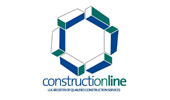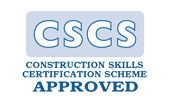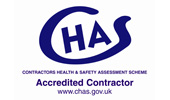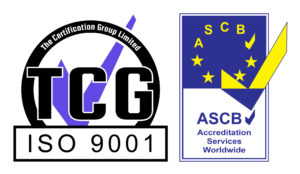Self Levelling Floor Screed Mix
Self-levelling floor screed mix – what it does.
I’m Andy Parkin, Managing Director of the Multi-Award Winning Speed Screed, in this article I am going to take a look at self-levelling floor screed mix.
Self-levelling floor screed mix is not really self-levelling despite the name. More accurately you could call it self-smoothing because it will not level itself. It is commonly used throughout the industry and is generally mixed on site. The mix comes in 25kg bags and is combined with water once on site to provide the self-levelling mix.
The main use of this screed is to make a good, smooth surface in order for the final floor layer – vinyl, tiles, carpet and so on – to be applied.
Different types of self-levelling floor screed mixes and their applications
When choosing a floor screed mix it is always wise to look at the type of application it will be used for. There are three main types of screed to consider:
Bonded screed works best with self-levelling floor screed mix. These mixes, which rely heavily on being able to bond to a good substrate, are excellent for these types of application. The main pitfalls to look out for are:
Contamination of the substrate: It is essential when working with self-levelling floor screed to take the time to remove all traces of any dirt, dust, grease, oil or other substances that could contaminate the screed. Mechanical removal using surface grinding or shot blasting is a good way of preparing your working area. Take care to remove any residual paint from the substrate before finally vacuuming to get rid of any remaining fine dust or other particles.
Quality of the substrate: When using the screed you must make sure that the substrate is sound – meaning that it is completely intact and stable. Failure to do this will cause damage in the screed layer.
The bottom line is that anything that will interfere with the bond must be removed prior to the application of the screed.
Applications that are unsuitable for self-levelling floor screed mix:
Unbonded construction where the screed is laid onto a membrane is generally not suitable for this type of screed mix. Neither are projects where floating construction is used, ie, those requiring a thermal or acoustic insulation layer between the substrate and screed. This type of screed needs to bond to the substrate and this is not possible in the presence of any kind of separating layer.
Pay Attention to Thickness
Self-levelling floor screed mixes come in a wide variety of products and following the manufacturer’s guidelines is essential. That said, as a general guide, keep the minimum thickness at around 2-3mm unless the product says that it can be feather-edged. Most manufacturers recommend the maximum thickness for self-levelling floor screed should be at around 10-15mm but it is possible for some brands to be laid in thicknesses up to 50mm with the addition of specific aggregates.
For more information take a look at some of our other articles about self-levelling floor screed mixes or call us with any questions.
Our Accreditations
About Speed Screed
Speed Screed Limited was founded on the key principle of providing first-class customer service. It has since built itself an impressive reputation for delivering high-quality projects across the United Kingdom Floor Screed.
The company’s success is built on its belief in quality work, attention to detail, on-time completion, strong working partnerships and the recruitment of top-level staff. about us >








